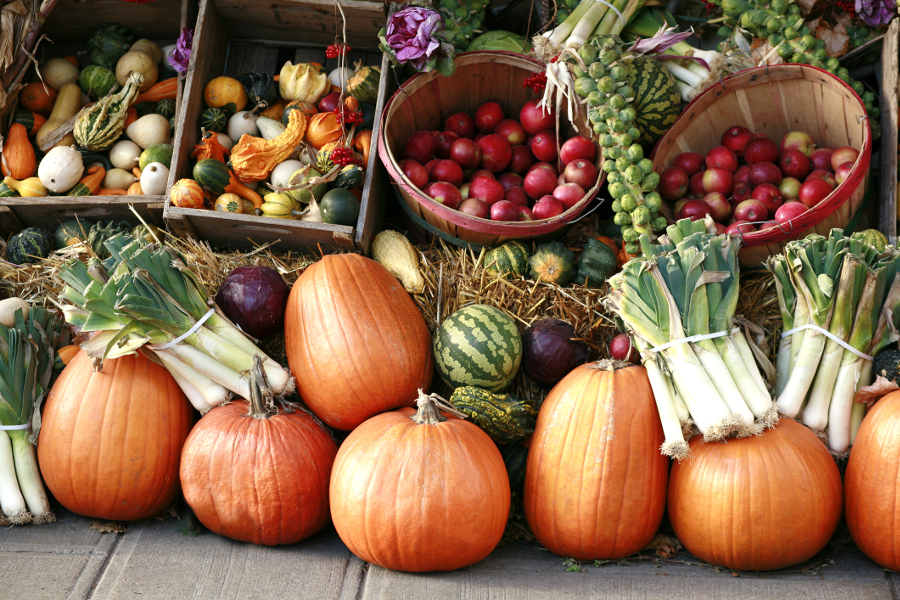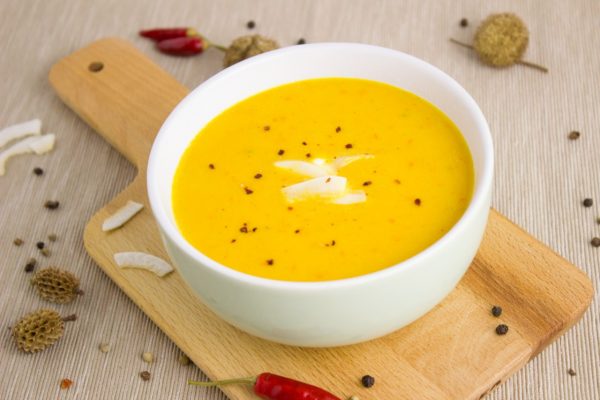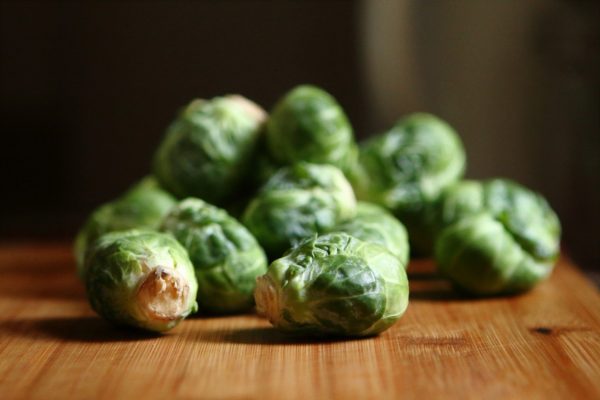Delaware Nonprofit Leader Begins 2-Year Term as Alumni Association President
Alonna Berry ’11, executive director of the Delaware Center for Justice and a graduate of the College of Arts and Sciences, is the new president of the Syracuse University Alumni Association (SUAA) Board of Directors, as of July 1, 2025….


 Did you know New York is one of the top agricultural states in the nation? It is! About 20 percent of the state’s land area—more than seven million acres—is farmland, with some 36,000 crop and dairy farms. New York is the second-largest producer of apples, snap beans and maple syrup; third in cabbage, grapes and dairy; and fourth in pears. Overall, agriculture in our state is a $42 billion industry.
Did you know New York is one of the top agricultural states in the nation? It is! About 20 percent of the state’s land area—more than seven million acres—is farmland, with some 36,000 crop and dairy farms. New York is the second-largest producer of apples, snap beans and maple syrup; third in cabbage, grapes and dairy; and fourth in pears. Overall, agriculture in our state is a $42 billion industry.
 Butternut Squash Soup
Butternut Squash Soup Roasted Brussels Sprouts
Roasted Brussels Sprouts